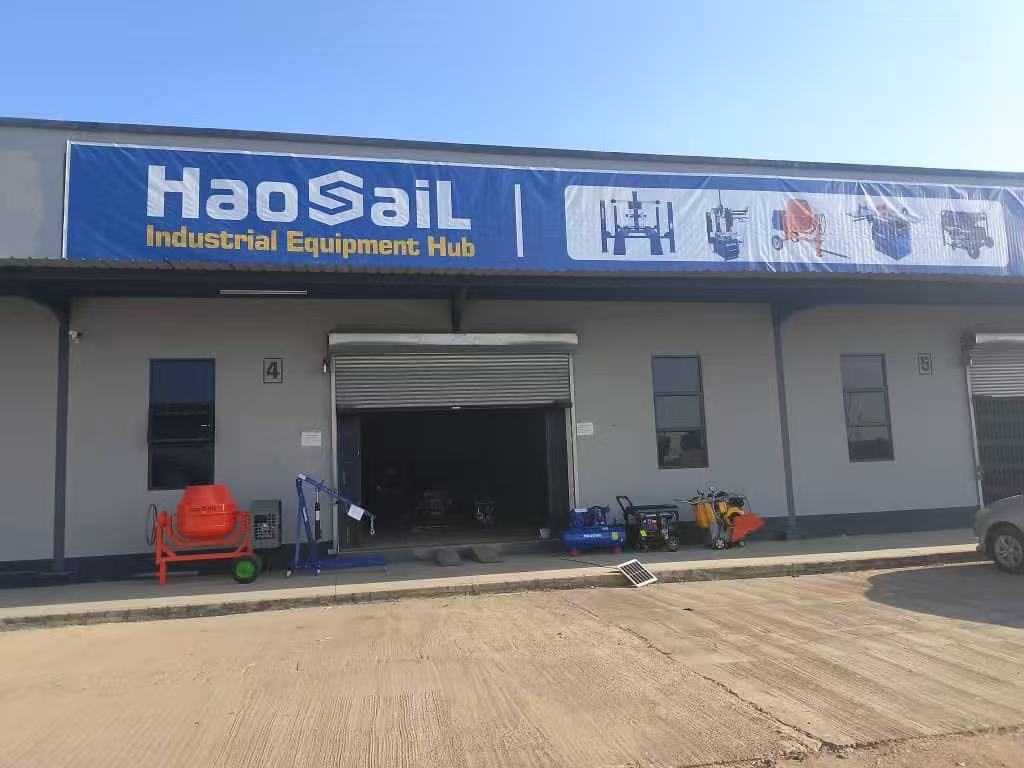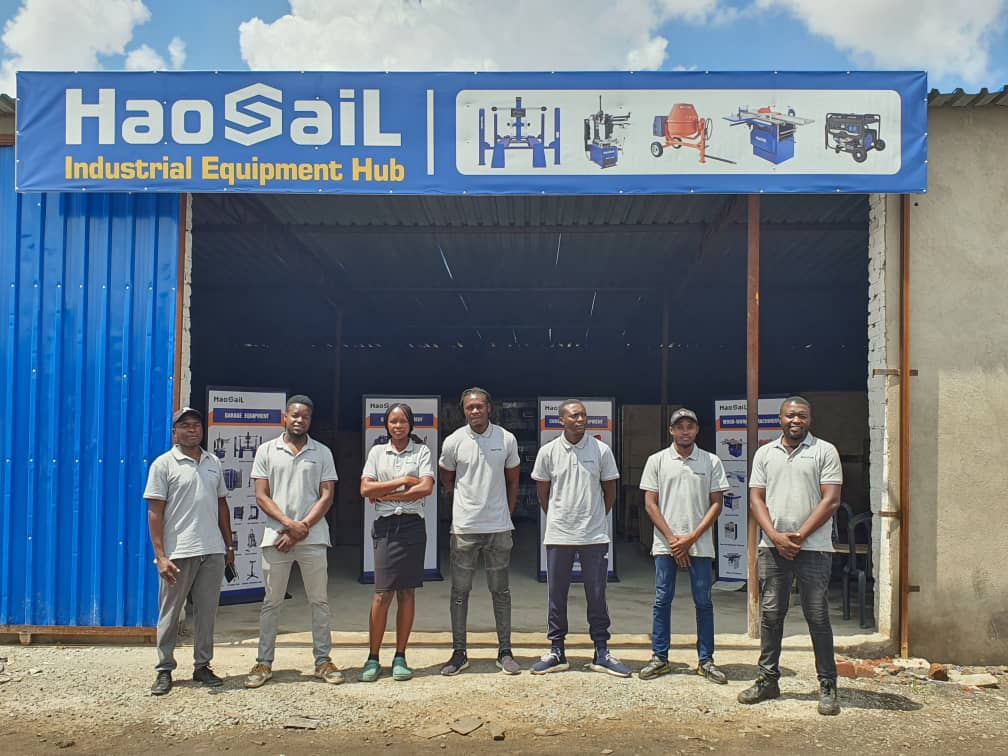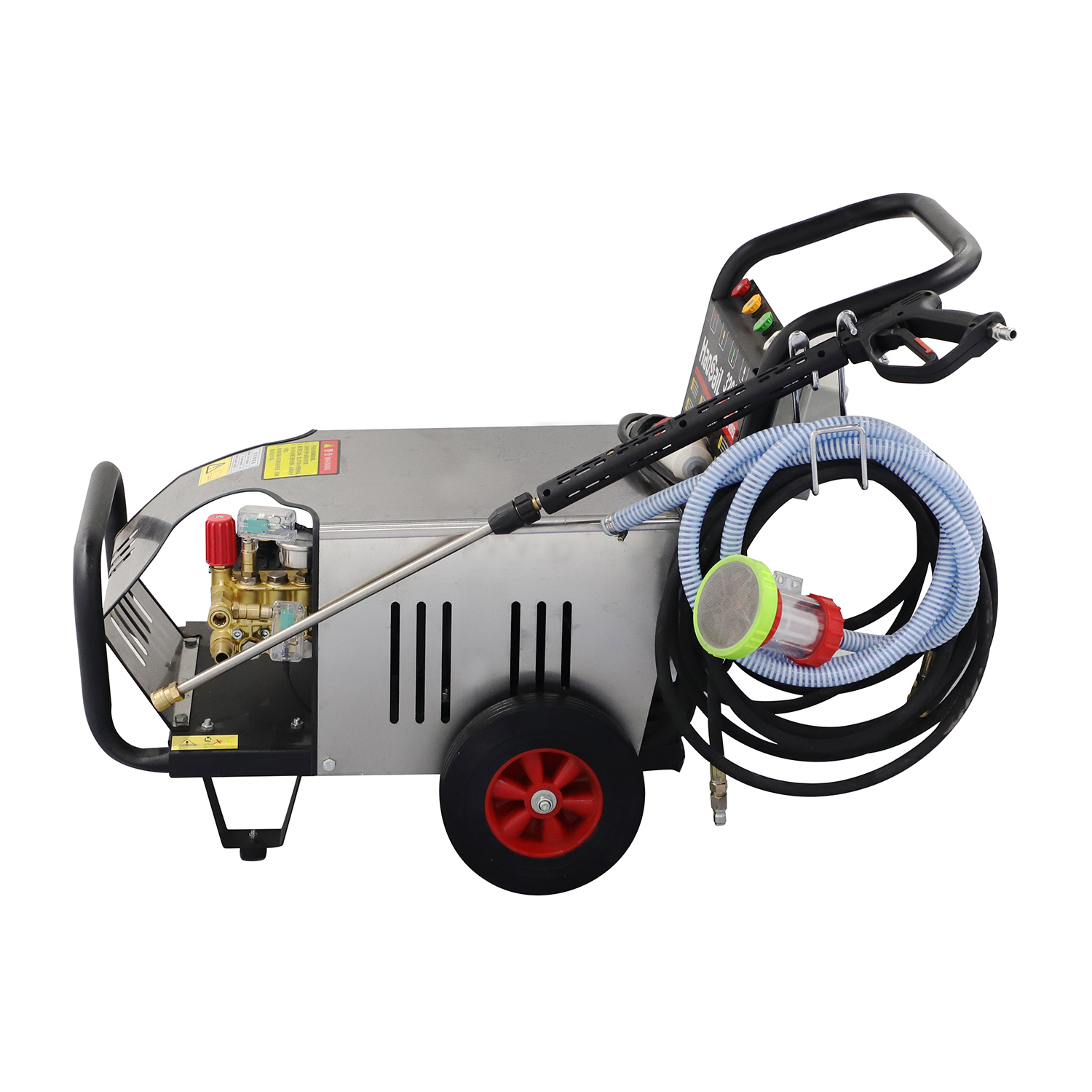 In modern automotive maintenance, the wheel balancer has become an indispensable piece of equipment for ensuring smooth vehicle operation and extended tire life. This article examines the various types of wheel balancers, their distinctive characteristics, global market trends, and proper operation techniques.
1. Bubble Wheel Balancers
The most basic type of wheel balancer, using a liquid-filled bubble level to identify imbalance. While cost-effective, these manual systems lack precision and are gradually being phased out in professional settings.
In modern automotive maintenance, the wheel balancer has become an indispensable piece of equipment for ensuring smooth vehicle operation and extended tire life. This article examines the various types of wheel balancers, their distinctive characteristics, global market trends, and proper operation techniques.
1. Bubble Wheel Balancers
The most basic type of wheel balancer, using a liquid-filled bubble level to identify imbalance. While cost-effective, these manual systems lack precision and are gradually being phased out in professional settings.
2. Static Wheel Balancers
These single-plane wheel balancers measure vertical imbalance only, suitable for simple balancing needs. They remain popular for motorcycle and small vehicle applications due to their compact size.
3. Dynamic Wheel Balancers
Modern two-plane wheel balancers that detect both static and dynamic imbalance. Featuring advanced sensors and microprocessors, they provide superior accuracy for passenger vehicles and light trucks.
4. Computerized Wheel Balancers
High-end wheel balancers with digital interfaces that automatically calculate weight placement. Many models incorporate AI algorithms and can store balancing data for multiple vehicles.
5. Truck Wheel Balancers
Heavy-duty versions designed for large commercial vehicles, with enhanced capacity and specialized programs for truck wheel configurations.
The global wheel balancer market shows distinct regional characteristics:
- North America and Europe dominate in premium, computerized models
- Asia-Pacific shows fastest growth, particularly in mid-range dynamic balancers
- Emerging markets increasingly adopt Chinese-made budget models
- Smart wheel balancers with IoT connectivity represent the latest innovation trend
Key Operational Considerations
1. Proper Wheel Mounting
Always secure the wheel correctly on the wheel balancer shaft to prevent false readings. Use appropriate cones and adapters for different rim types.
2. Measurement Accuracy
Clean wheels thoroughly before balancing and remove old weights. Ensure the wheel balancer is on a level surface for precise measurements.
3. Weight Application
Follow the wheel balancer's instructions for weight placement. Newer models often suggest stick-on weights for alloy wheels to prevent damage.
4. Regular Calibration
Professional shops should calibrate their wheel balancer monthly, while high-volume operations may require weekly calibration.
5. Safety Protocols
Always wear protective equipment when operating a wheel balancer, especially when handling heavy truck wheels.
Maintenance Tips
- Keep the wheel balancer clean from tire debris and dust
- Lubricate moving parts according to manufacturer specifications
- Protect electronic components from moisture and extreme temperatures
- Update software regularly for computerized models
From simple bubble balancers to advanced computerized systems, the evolution of wheel balancer technology mirrors the automotive industry's growing emphasis on precision maintenance. As vehicle technologies advance and tire designs become more sophisticated, the role of accurate wheel balancing becomes increasingly critical. Understanding the different types of wheel balancers and their proper operation enables service providers to deliver superior results while extending tire life and improving vehicle safety. The global market continues to evolve, with smart, connected wheel balancers setting new standards for efficiency and diagnostic capability in modern workshops.




